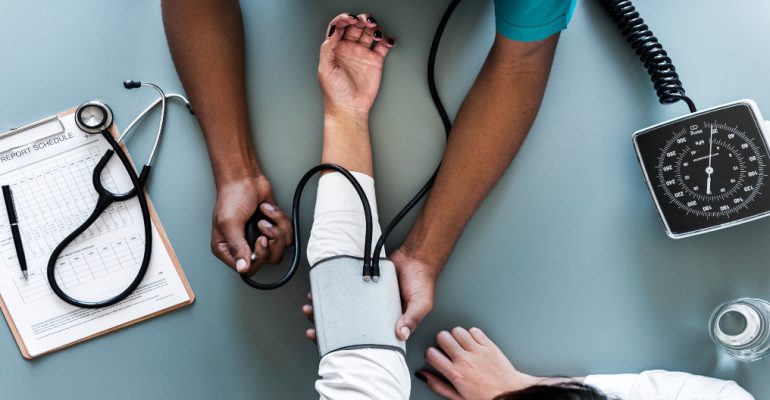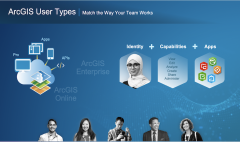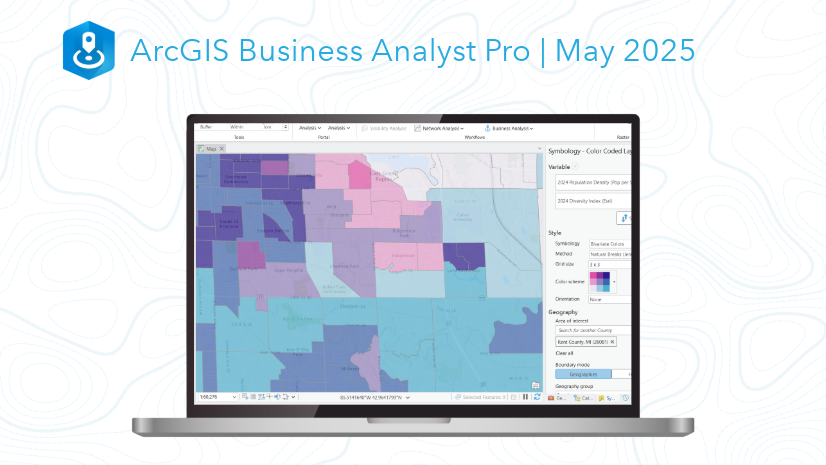Integrating GIS with Healthcare Solutions
June 21, 2022 2022-07-22 12:00Integrating GIS with Healthcare Solutions
Integrating GIS with Healthcare Solutions
From the likes of Koch T. the author to Cartographies of Disease to John Snow The Father of Epidemiology, it’s clear that the history of medical mapping is tied to advancements in the technology of mapping. Today, the healthcare system has inextricably embraced GIS (Geographic Information System). Health professionals are using it to analyze chronic disease trends, access to public health services (such as vaccinations), and designing community health communications programs. Because the most recent GIS servers such as (ArcGIS Online), GIS functionality can be deployed on mobile devices across the entire organization. This article provides examples of how GIS is advancing the delivery of healthcare.
There are many ways GIS is helping to shape up the delivery of healthcare, here are some examples:
1. Disease outbreak and surveillance
Since the beginning of the COVID-19 pandemic, GIS has been used worldwide to map the spread of the virus across space to identify hotspots, vulnerable populations and areas that are marginalized from accessing proper healthcare. In Kenya, the health ministry and Kenyatta University GIS laboratory created online dashboards of the reported COVID-19 cases. The dashboards simplified the data for easy understanding by the public. Today GIS can be used to show the shortest route from an accident scene to the nearest hospital.
2. Immunization
Location information is critical in determining vaccination needs, planning interventions and visualizing/monitoring outcomes. Much of this information must be communicated by health officials to partners and the public. Following the recent COVID-19 pandemic, there has been a greater appreciation for the utility of GIS for mass immunizations, improved vaccine logistics management, and the analysis and visualization of adverse event reporting across the world.
3. Recognizing geographic health trends
Using GIS technology, medical professionals can track health trends in each area over time. GIS in public health will alert officials to a potentially dangerous trend sooner. When doctors notice a pattern of repeated diagnosis from the same location, they can investigate other characteristics that patients share.
4. Enhancing healthcare services
The application of GIS technology knowledge can enable community leaders and healthcare workers to collaborate more closely with hospitals and take larger steps toward addressing the country’s healthcare needs. Mapping populations receiving limited care due to location can help community leaders propose another health facility be built to ensure that the people don’t have to walk long distance to seek healthcare.
5. Monitoring the spread of infectious diseases
GIS systems not only monitor disease but also use geography and other important inputs to predict where diseases will spread next. A more recent spread that required GIS for tracking was the COVID-19. Tracking areas that had been prone to the spread of the virus using maps was and still is invaluable to on-the-ground personnel working to save lives because it allows them to plan time for a disease and drastically reduce its impact.
Esri has over 5,000 health care clients worldwide who are using the resource integration capabilities of GIS to create analytical and descriptive solutions.
For enquiries about our product, visit our website esriea.com or our E-store https://ea-store.esri.com/en-ke/store/overview to make a purchase.








Comment (1)
Achom Charity
This is so helpful.